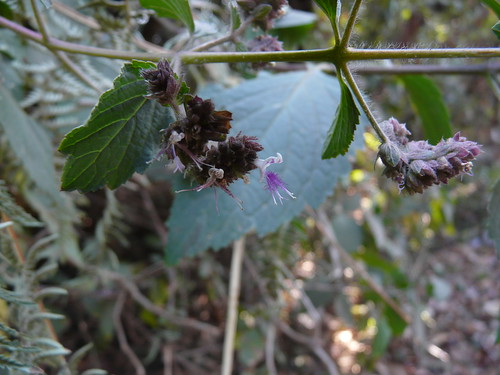How often do the dirty and the clean mix together and stay clean? Apparently, this is possible not only in muddy and stinky sulfur springs, but also in a modern-day perfume by the name of Pure Turquoise. The concept of cleanliness takes an interesting turn as grapefruit is married with patchouli. All of the above being immensely artificial smelling in a charming way, like a flaunt of an “I just shampooed my hair” swept backwards releasing that completely non-original fruity fragrance of 2-in-1 shampoo+conditioner with grapefruit and avocado or whatever.
Yet it is not until one gets beyond that hair-flaunting that a dirty, dusty, ephemeral scent of skin that just dried from a long soak in sulfur springs (or perhaps an improvised outdoor spa treatment of a fool-body warp in salty black mud), that the grapefruit and patchouli accord can be seen in a completely different light.
Pure Turquoise opens clean, fresh, watery and fruity that it is almost the modern cliché that everyone stopped looking forward to about five years ago. Although the pyramid for this fragrance is said to include many exotic and unfamiliar notes – I am mostly noticing grapefruit, lily of the valley, patchouli and an overall flat and non-descript fruity-floral freshness.
This is quite in cotrast to what I would have expected from a scent including notess such as cactus flower, indigo violet, night-blooming cereus (AKA Queen of the Night – that cactus that blooms only once a year, with an intense night-blooming-jasmine fragrance; I haven’t had the honour, but I wasn’t as stunned by Pure Turquoise as I imagine I would be by the Night Queen), desert lily (a lily that grows in the Mojave and Sonora deserts). I can see a desert theme threading through the selection of notes, yet I can’t quite smell it with my nose… Not only that, even the more familiar notes, which I work with everyday, such as Blugarian rose absolute and orange blossom absolute remain to reveal themselves to my olfactory bulb.
The base, dominated by patchouli, dries down to a woody skin scent. Clean, fresh, serene, but not as sterile as some others scents belonging to the fresh genre. On the other hand, it is not as sensual or wild as you might expect from a base containing rum, vanilla and silver birchwood. I am mostly smelling a clean musk and patchouli, and the latest remains of the sulfuric grapefruit still hanging to its life by the nails… The new Chypre family, as we can see, is all about being pleasant and polite. Thought there is something centering and grounding that I find in the modern, fake Chypres, and that they still are very chic in their own way - I must declare that there is none of the excitement and sense of danger or breaking the boundaries when wearing these limpid though pleasant scents. To find that, one must go back to a real Chypre, before the days of reformulations. And before the days of faking it and pretending that patchouli and vetiver are mossy. They’re not.
Pure Turquoise comes in two concentrations: eau de parfum for the poor, in a difficult to grasp cut-glass spray bottle; and pure parfum, for the spa aristocrat who loves to stack rocks over their jus. The latter crystal flacon is topped with a humongous sized turquoise stone, which unlike the beautiful one in all the posters and magazine ads, is not smooth and roundish, but cut in angular shapes (just like the bottle is), and comes in a far paler and less impressive colour.
* To the left: the EDP spray bottle accompanied by the false parfum flacon. To the right: the true parfum flacon, with the angular-cut paler turquoise stone, which is what you'll get in the box...















